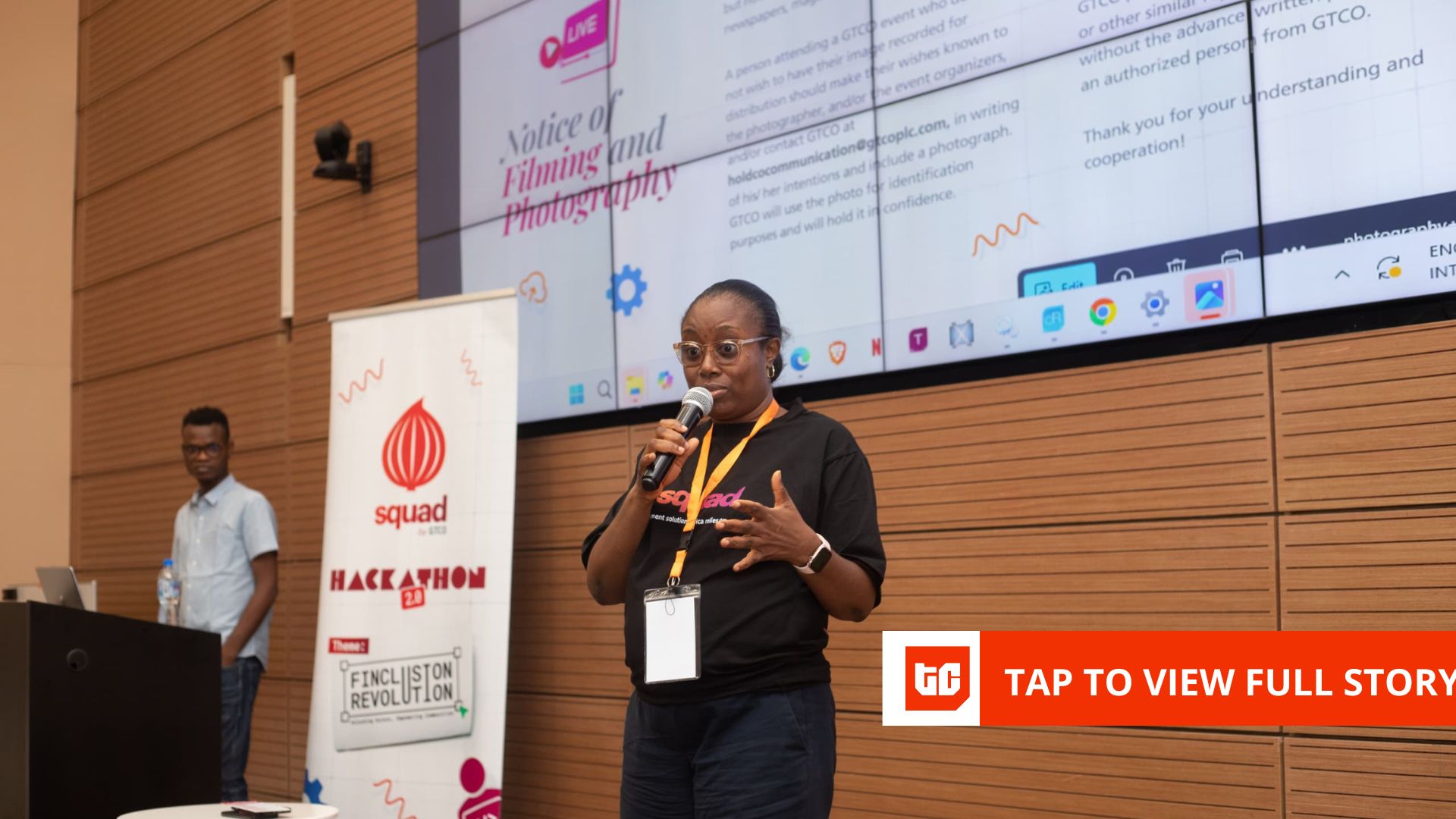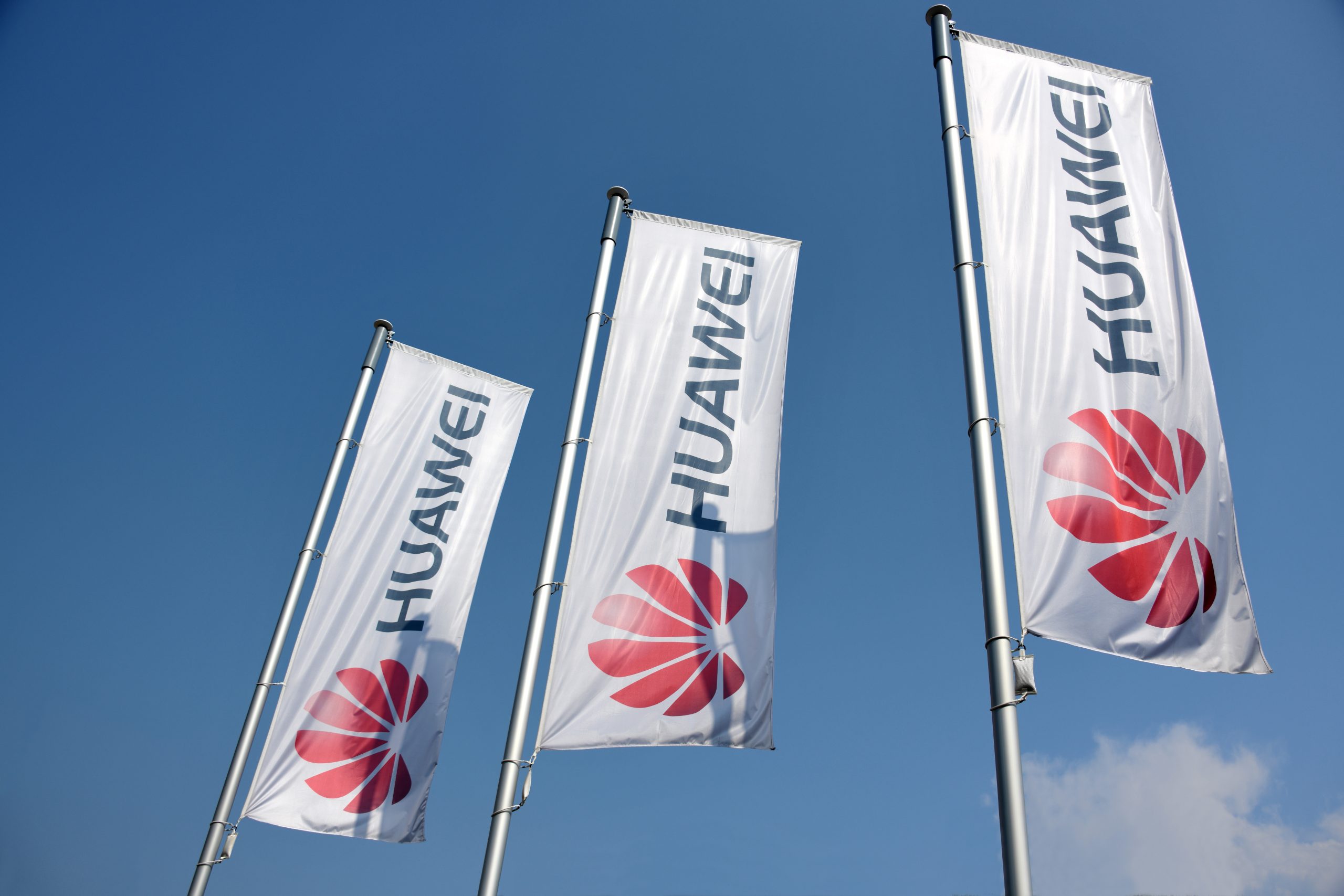When fintechs like Paystack and Flutterwave gained prominence between 2016 and 2019 to disrupt Nigeria’s financial sector, traditional banks had to innovate—or risk falling behind.
GTCO, one of Nigeria’s most profitable banks with a market capitalization of ₦2.07 trillion, was among the first to respond to the fintech disruption. In 2018, it launched Habari, a super-app that combined digital banking with lifestyle services like music streaming, e-commerce, social networking, and financial transactions. However, the platform struggled to carve out a niche in any category.
Its all-in-one approach lacked a standout feature, making it difficult to attract and retain users.
In 2022, GTCO pivoted the fintech business to launch HabariPay Limited a fintech subsidiary offering payments and digital financial services. Since its launch, GTCO has been working to establish HabariPay as a key player in Nigeria’s fintech sector, competing against well-funded giants like Paystack and Flutterwave and digital banks like Moniepoint and OPay. Despite the tough competition, HabariPay Limited contributed ₦4.926 billion in profits to GTCO between 2022 and H1 2024.
HabariPay’s overall contribution to GTCO remains modest. In H1 2024, the fintech subsidiary reported a profit after tax of ₦1.7 billion, accounting for just 0.17% of GTCO’s total profit before tax.
While CEO Eduofon Japhet acknowledges the company’s growth, she said HabariPay must scale further to solidify its position within GTCO’s portfolio. The company has acquired multiple payments and switched licences to focus on expanding POS terminal services for merchants and ensuring that mobile transfers are as seamless as card payments.
spoke to Eduofon Japhet in Abeokuta where the company held the second edition of Squad Hackathon teams on Saturday, March 15, 2025, to understand the company’s payment expansion plans in 2025.
This interview has been edited for length and clarity.
What has the journey been so far for HabariPay since launching as a fintech business under a major bank?
We entered a market that seemed saturated and we needed to find a place for ourselves. We needed to find a product that was market-driven where we could add value—looking back at that journey. We wanted to focus on building local infrastructure that could support micro-payments because we saw many solutions that large companies could afford. The reason we didn’t see a lot of financial inclusion was that cash was still easier and more affordable for the bottom of the pyramid to transact in. That’s something we tried to address.
We launched an NFC-based Point-of-Sale solution that allows people to tap and turn their phones into POS terminals. We launched our switch, which allowed us to process low-ticket transactions at what we felt was an affordable rate, produce those rails ourselves, and provide those rails to the fintech and payment ecosystem as a whole.
Why did HabariPay take a different approach from competitors that relied on agency banking and POS terminals to reach the unbanked?
It is how we looked at the market and where we wanted to add value. Like I said, that space was saturated. You had Moniepoint and OPay. They have flooded the market with cheap terminals. I don’t think it would have been the best idea for us to bring 3 million additional terminals. Maybe that’s not what the market needed at the time. We had to find a niche for ourselves where we could succeed and we could dominate. That’s why we took a different approach.
How are you addressing financial inclusion, knowing that millions of unbanked people don’t have connectivity and your solutions are digital-based?
We’re on a journey. We did two things: acquired two sets of licences from the Central Bank of Nigeria, the switching and processing licence, and the Value Added Service licence from the Nigerian Communications Commission (NCC). It made us think that we were going to build those rails from scratch and to build those rails, we needed to have one foot into wherever connectivity was coming from. Whether it was USSD, internet, or whatever it was that would drive the payments and then begin to build our infrastructure. We built a switch. We have about 12 to 13 banks connected as well as major fintech companies. That creates a foundation for us to then begin to tackle what we think is at the lower end of the market.
Today, if you tackle the problem with very expensive card transactions, it is hard to scale downwards. We are going to begin to build solutions. What will happen is we have placed ourselves in the role of an enabler. We are also enabling a lot of people-building solutions. I think that’s going to be a critical piece of what we do.
Every fintech company out there is trying to solve financial inclusion but it never gets solved. Banks think it is expensive to bank the unbanked. What do you think is the most sustainable way to solve the problem? How do you make it less affordable?
I always think that you can’t do financial inclusion without some kind of economic inclusion. Why people aren’t using digital systems, isn’t because they don’t want to. Sometimes they don’t have the money — there is no point. There are two ways we can tackle financial inclusion. Part of what I think agency banking did for us is that it created a new kind of business and gave some people new revenue streams and livelihood. That grew off the back of people saying “If I get that POS terminal, I can service my community. I can digitally include them and I can make money off it.” As we continue to find niches like that, I’ve seen companies that are going into the whole farming sector and are trying to digitalise that space by connecting them to the financial grid. We want to be able to support those kinds of initiatives. As long as there is a model that creates value for everybody participating in that initiative, then we’ll begin to see those numbers.
What is HabariPay’s outlook for the payment market? What is it doing at the moment for growth?
We expect that we are going to grow on all indices. We got an umbrella licence from the Central Bank that allows us to do quite a number of activities.
Are you referring to a new licence or the two licences you mentioned earlier?
We got the switching and processing licence. Inside that licence, there is a Payment Solution Service Provider (PSSP) license, a Payment Terminal Service Provider (PTSP) license, a Super Agent license, and then actual switching and processing. I think we have only utilised two of those licences. This year, we have begun our PTSP business. We have started to power Point-of-Sale terminals. That’s a new line of business for us, and we’re hoping that we can grow it.
Transfers will always be the future of the continent, and we’re looking at different ways of making transfer payments feel more like card payments. A card payment, you know, is seamless and immediate. You can print it out, charge it back, and can refund it. We need to bring that other channel – transfers – which is easier to use in my estimation and make it more accessible for more people. We need to bring it to that level of sophistication where maybe we can use it to replace agents.










